Serb victims from Srebrenica region remembered
Seven recently identified Bosnian Serb soldiers, killed on July 12, 1992 in the village of Zalazje near Srebrenica, have been laid to rest today.
Thursday, 12.07.2012.
14:36

SREBRENICA Seven recently identified Bosnian Serb soldiers, killed on July 12, 1992 in the village of Zalazje near Srebrenica, have been laid to rest today. This coincided with memorial services dedicated to 69 Serbs murdered and 22 imprisoned on that day in the same area. Serb victims from Srebrenica region remembered A total of ten bodies were exhumed in 2010 when a Bosnia-Herzegovina Institute for Missing Persons was looking for the remains of Bosniaks (Muslims), to come across a mass grave of Serb victims, which, said reports, "were recognized by the insignia on their uniforms". On Thursday, the 20th anniversary of the killing of Serb civilians and soldiers in the Srebrenica region is being marked. Liturgies were served, and flowers and wreathes placed on memorials dedicated to the victims. On July 12 1992, Bosnian Muslim forces led by Naser Oric raided several villages in the Srebrenica and Bratunac area, as Orthodox Serbs were marking the Feast of St. Paul and Peter. 69 Serb civilians and fighters were killed that day, while 22 were taken prisoner. Ten of those were recently identified when their remains were discovered. Families seek explanation The ten victims whose bodies were exhumed on June 10, 2010, were laid to rest today - seven at the Military Cemetery in Bratunac, one in the family graveyard in Zajazje where he was captured 20 years ago while defending his village and family, while two victims were buried in Serbia, where their families live today. Their families, however, accuse the Identification Center in Tuzla of foul play: that this institution removed some parts of the skeletons in order to hide the nature of the crime committed against the Serb prisoners, Srna news agency is reporting.. Staka Cvjetanovic, the widow of Ivan Cvjetanovic, told journalists that she believes broken bones were removed at the Center in order to hide the fact that the prisoners were beaten and then massacred. "We learned from our Bosniak neighbors who spent the war in Srebrenica that the prisoners were tortured inside and in front of the police station in Srebrenica, and were then, beaten and mutilated like that, taken to Zalajze, where their throats were cut, they were killed in a vicious manner," she told RTRS. Cvjetanovic also pointed out that broken bones were separated from the skeletons although they were complete at the time of the exhumation. Sladjana Jeremic, the daughter of murdered Nedeljko Gligic, says the families were receiving anonymous phone calls and information from Tuzla, related to the identification process: "For that reason we demanded that the identification be done in the Serb Republic, which took place on March 7 this year after much obstruction and many problems, when the skeletons were transported to the Miljevici Memorial in East Sarajevo." She also claims that one member of the Bosnian Institute for Missing Persons who was present during the exhumation told the families that at that point, the remains were complete. However, they were later receiving information from Tuzla the identification of separate bones, which prompted them to become suspicious. When they asked for information that would clarify this situation, no answer was given either by the Tuzla, or the Bosnia-Herzegovina prosecution. Jeremic also noted that some bones went missing at a later date, although complete skeletons were taken to Tuzla. She explained that the left forearm and several ribs were missing from her father's remains, while four others were missing whole spines and some other bones. The families are exhausted after several years of uncertainty and efforts to find out the truth about the manner in which their loved ones were executed, Jeremic underlined. Beta Tanjug
Serb victims from Srebrenica region remembered
A total of ten bodies were exhumed in 2010 when a Bosnia-Herzegovina Institute for Missing Persons was looking for the remains of Bosniaks (Muslims), to come across a mass grave of Serb victims, which, said reports, "were recognized by the insignia on their uniforms".On Thursday, the 20th anniversary of the killing of Serb civilians and soldiers in the Srebrenica region is being marked.
Liturgies were served, and flowers and wreathes placed on memorials dedicated to the victims.
On July 12 1992, Bosnian Muslim forces led by Naser Orić raided several villages in the Srebrenica and Bratunac area, as Orthodox Serbs were marking the Feast of St. Paul and Peter.
69 Serb civilians and fighters were killed that day, while 22 were taken prisoner. Ten of those were recently identified when their remains were discovered.
Families seek explanation
The ten victims whose bodies were exhumed on June 10, 2010, were laid to rest today - seven at the Military Cemetery in Bratunac, one in the family graveyard in Zajazje where he was captured 20 years ago while defending his village and family, while two victims were buried in Serbia, where their families live today.Their families, however, accuse the Identification Center in Tuzla of foul play: that this institution removed some parts of the skeletons in order to hide the nature of the crime committed against the Serb prisoners, Srna news agency is reporting..
Staka Cvjetanović, the widow of Ivan Cvjetanović, told journalists that she believes broken bones were removed at the Center in order to hide the fact that the prisoners were beaten and then massacred.
"We learned from our Bosniak neighbors who spent the war in Srebrenica that the prisoners were tortured inside and in front of the police station in Srebrenica, and were then, beaten and mutilated like that, taken to Zalajze, where their throats were cut, they were killed in a vicious manner," she told RTRS.
Cvjetanović also pointed out that broken bones were separated from the skeletons although they were complete at the time of the exhumation.
Slađana Jeremić, the daughter of murdered Nedeljko Gligić, says the families were receiving anonymous phone calls and information from Tuzla, related to the identification process:
"For that reason we demanded that the identification be done in the Serb Republic, which took place on March 7 this year after much obstruction and many problems, when the skeletons were transported to the Miljevići Memorial in East Sarajevo."
She also claims that one member of the Bosnian Institute for Missing Persons who was present during the exhumation told the families that at that point, the remains were complete. However, they were later receiving information from Tuzla the identification of separate bones, which prompted them to become suspicious.
When they asked for information that would clarify this situation, no answer was given either by the Tuzla, or the Bosnia-Herzegovina prosecution.
Jeremić also noted that some bones went missing at a later date, although complete skeletons were taken to Tuzla.
She explained that the left forearm and several ribs were missing from her father's remains, while four others were missing whole spines and some other bones.
The families are exhausted after several years of uncertainty and efforts to find out the truth about the manner in which their loved ones were executed, Jeremić underlined.



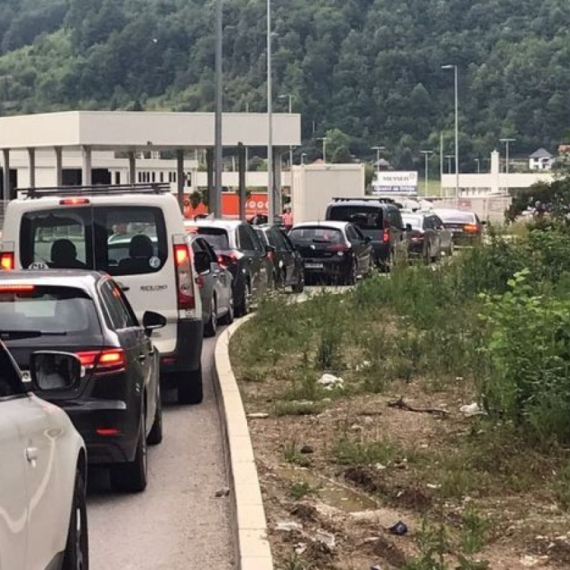
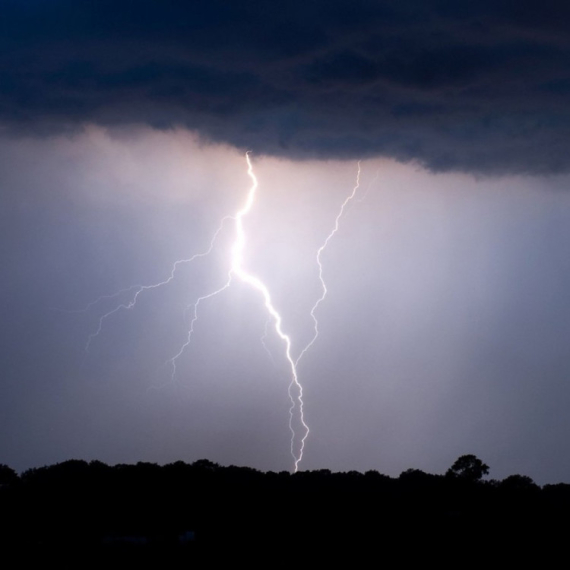
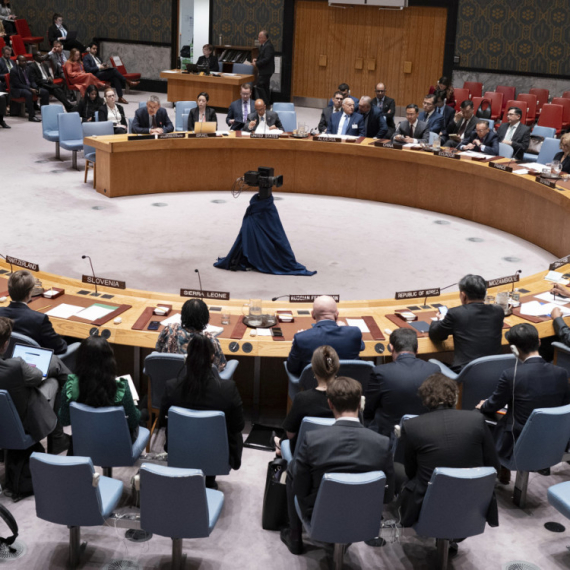




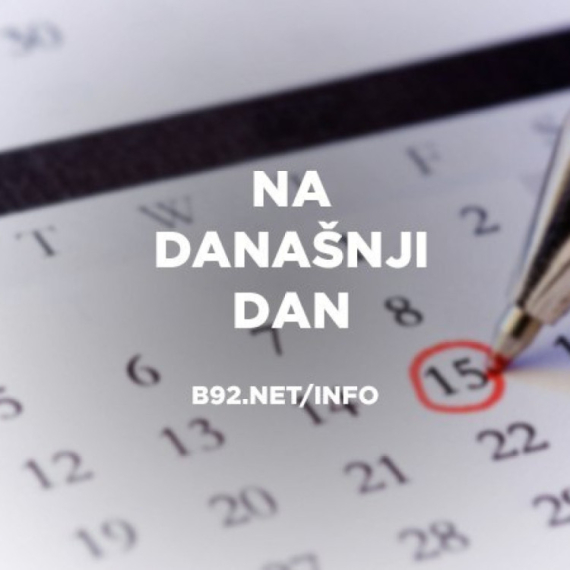
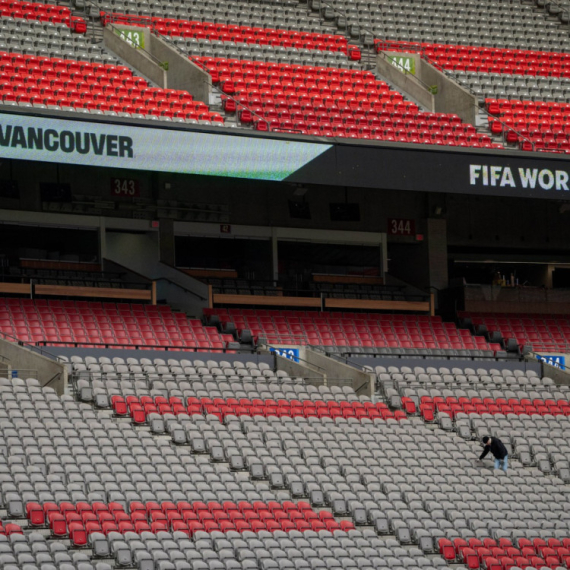
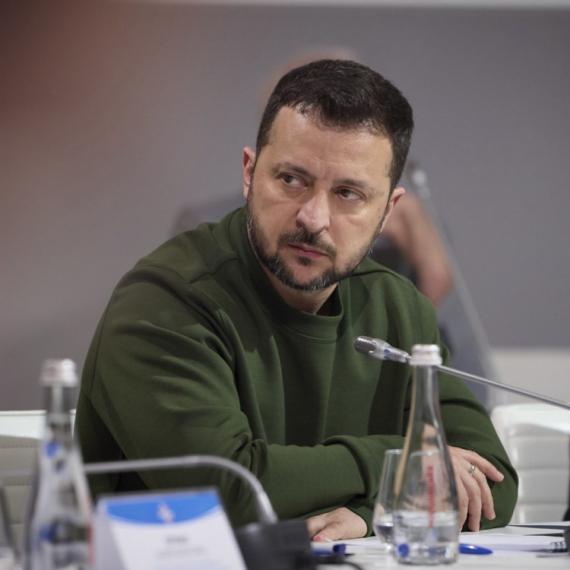
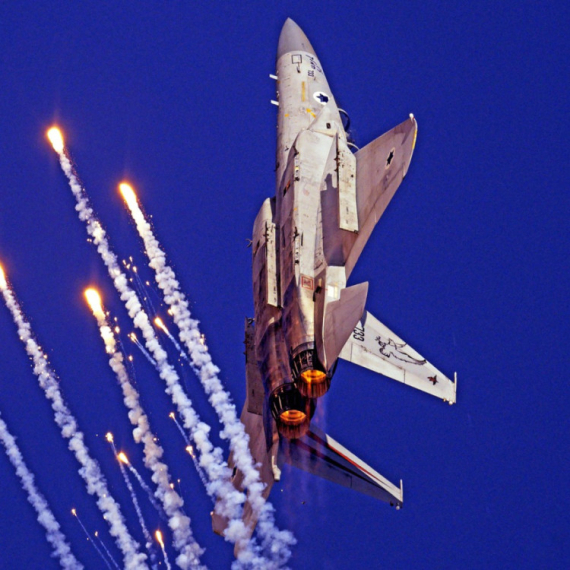
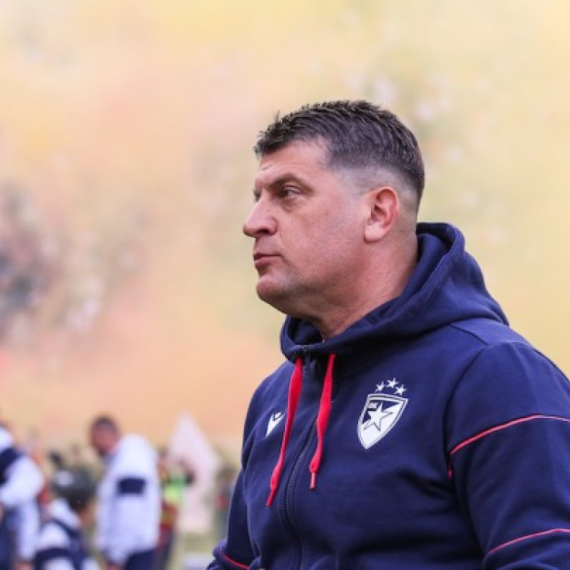
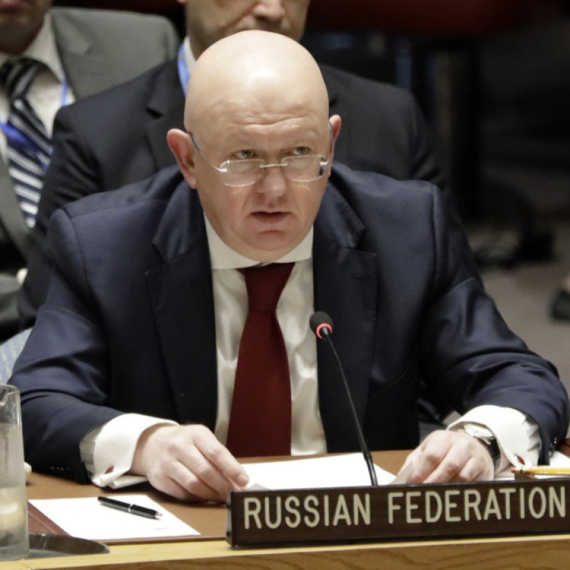
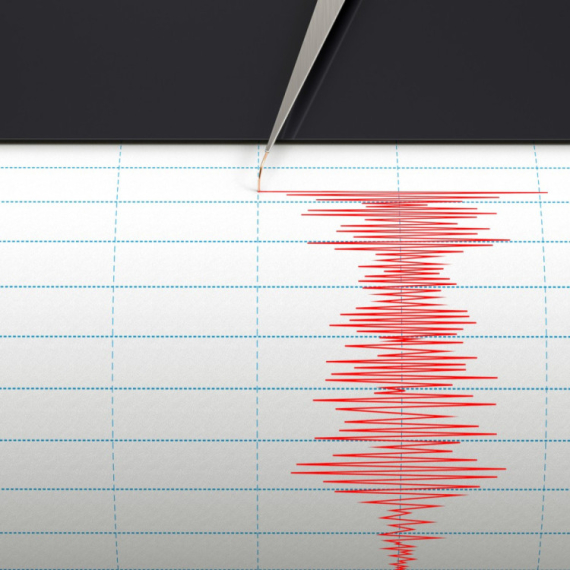
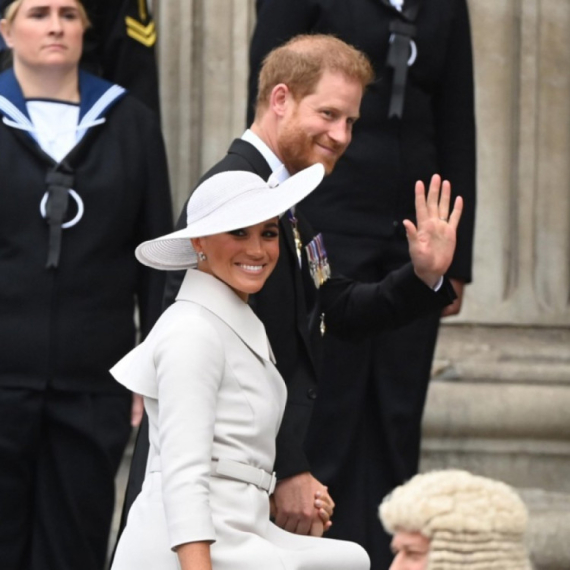

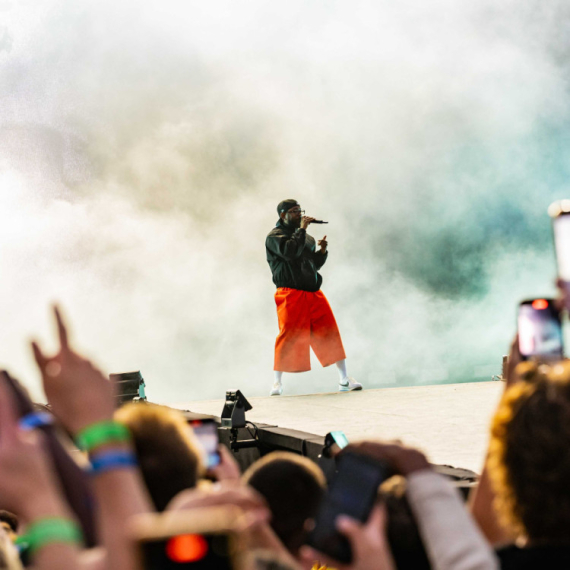
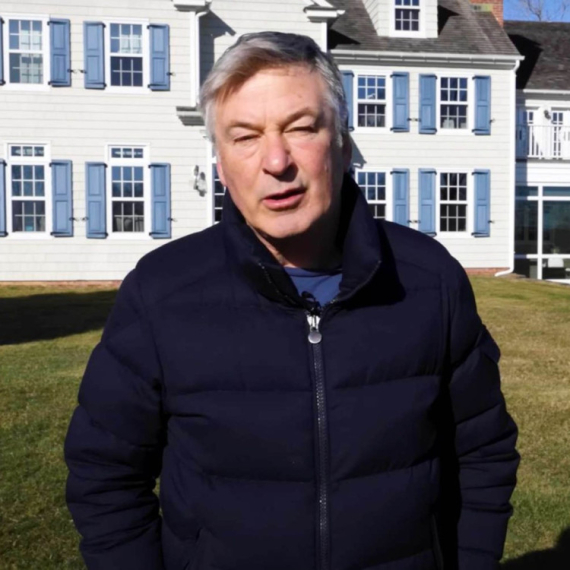





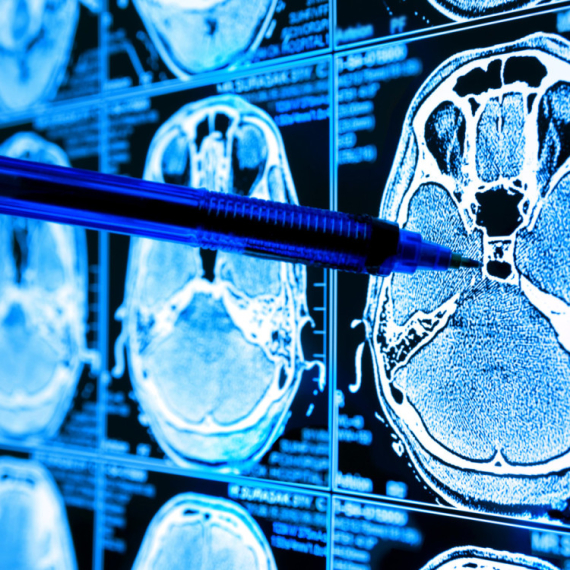
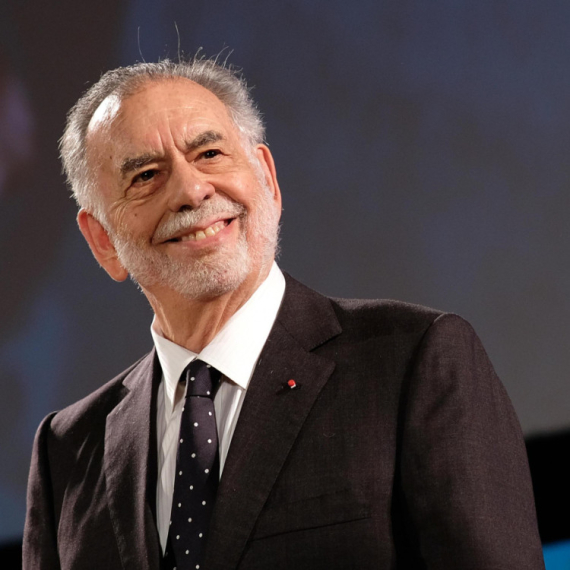

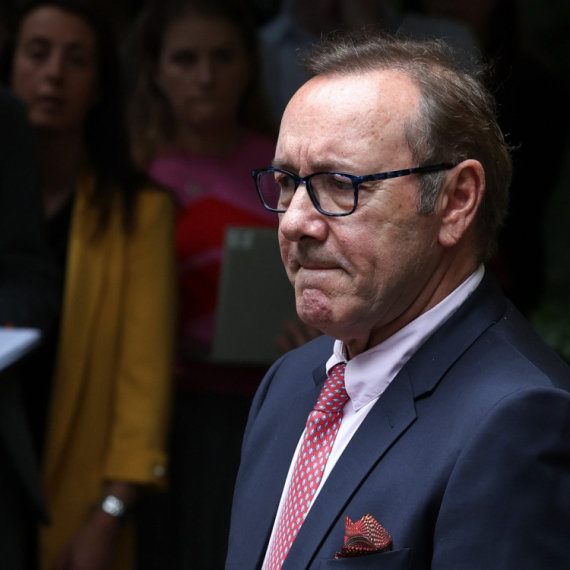
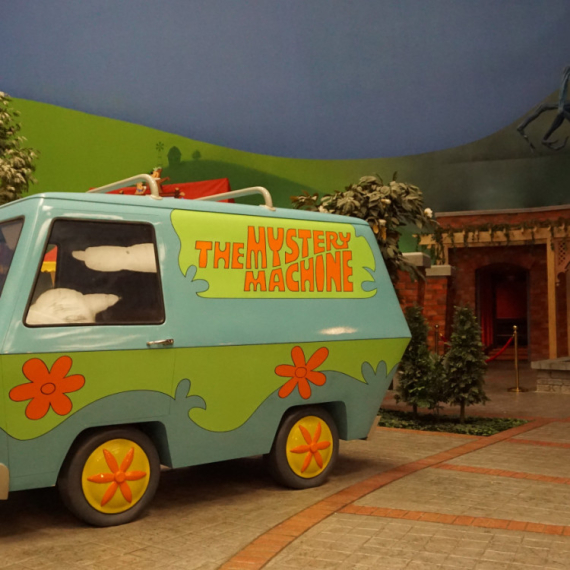

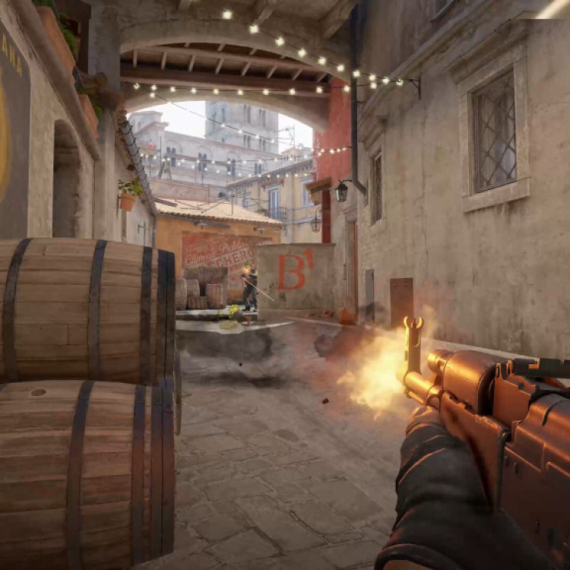
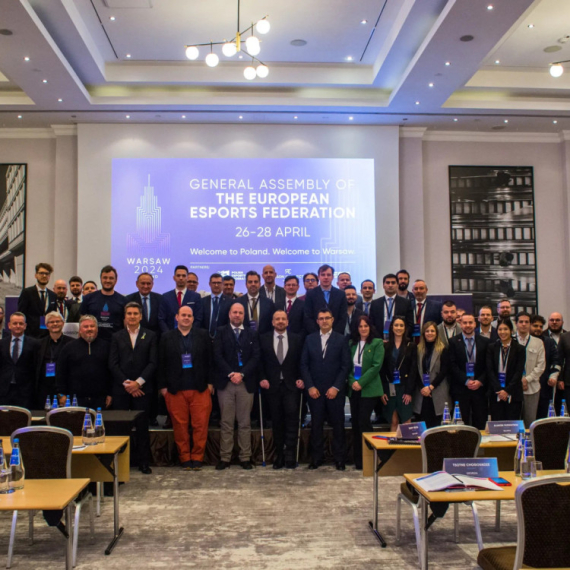
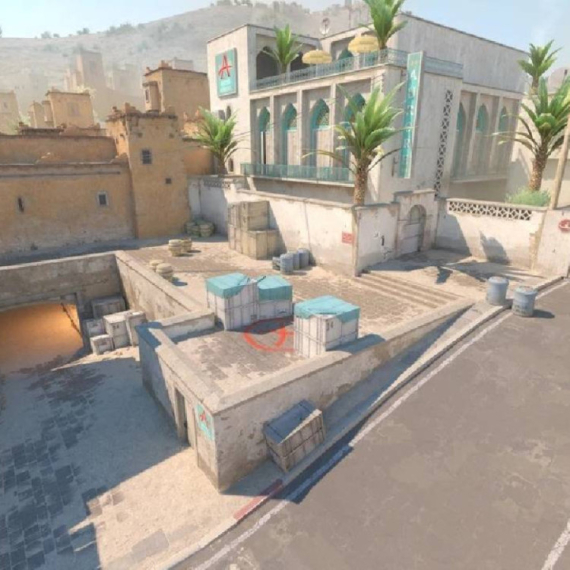


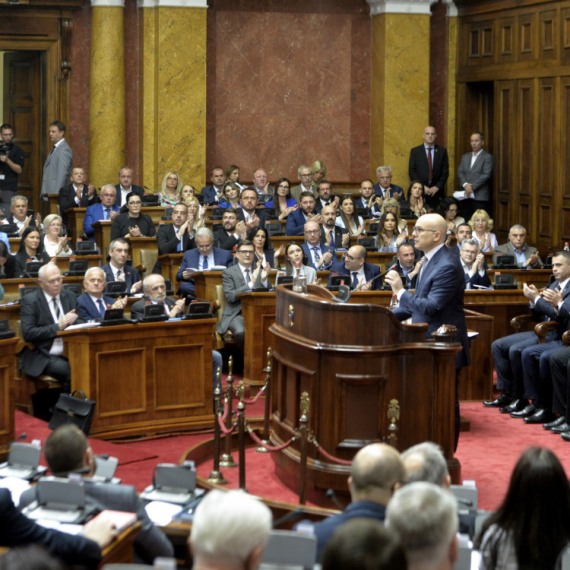
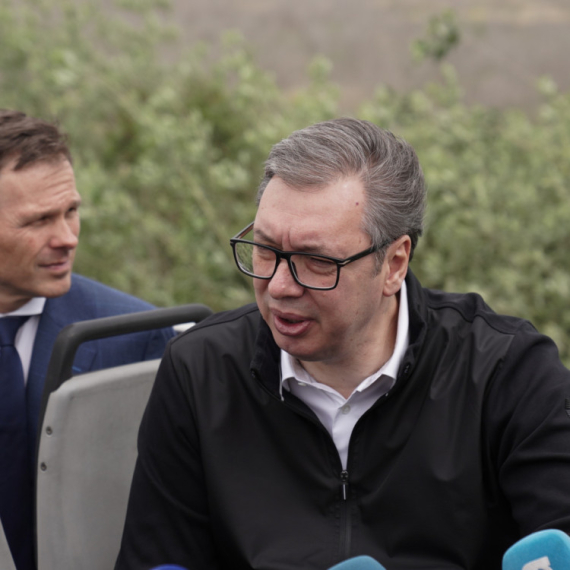

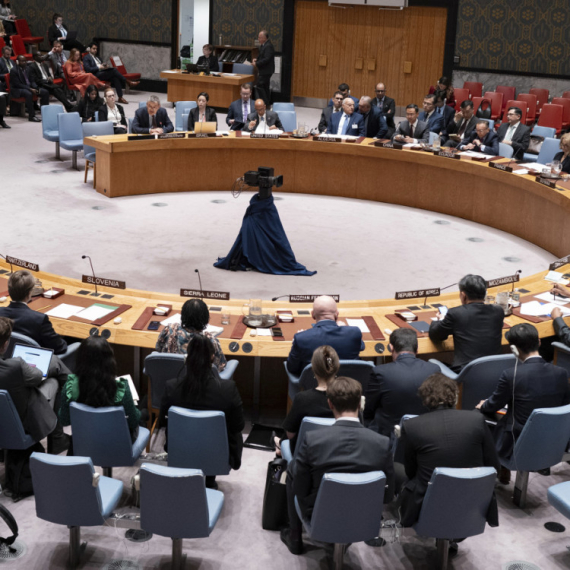
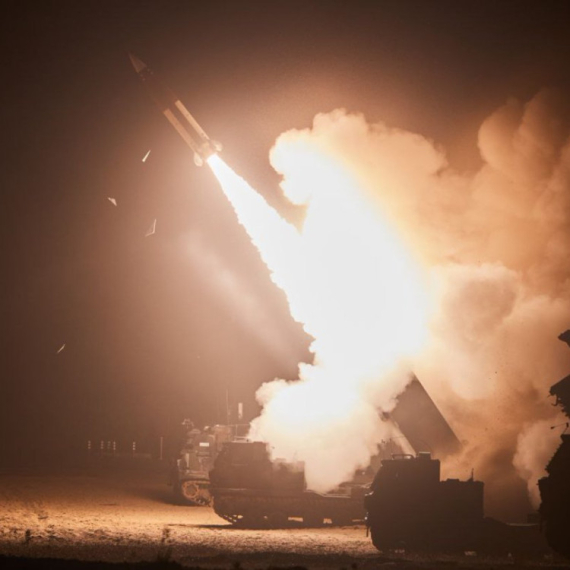
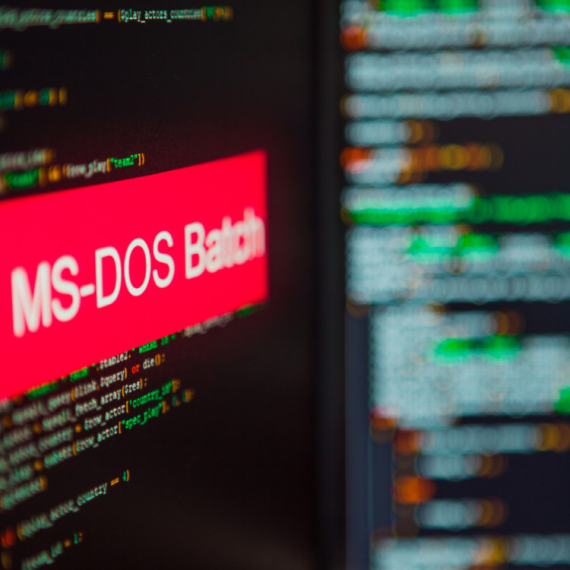



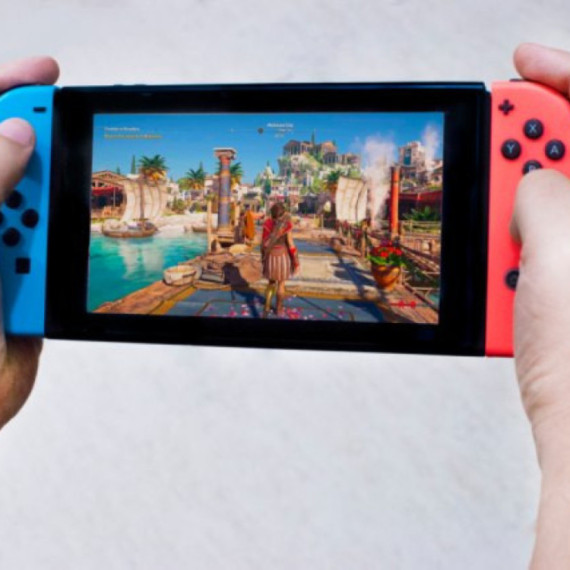

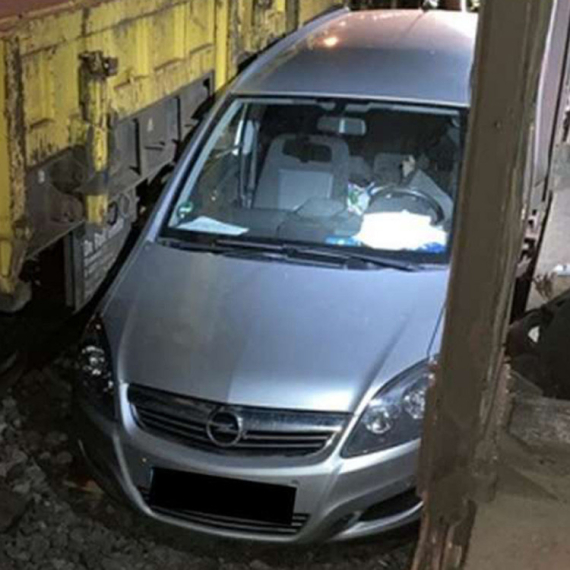



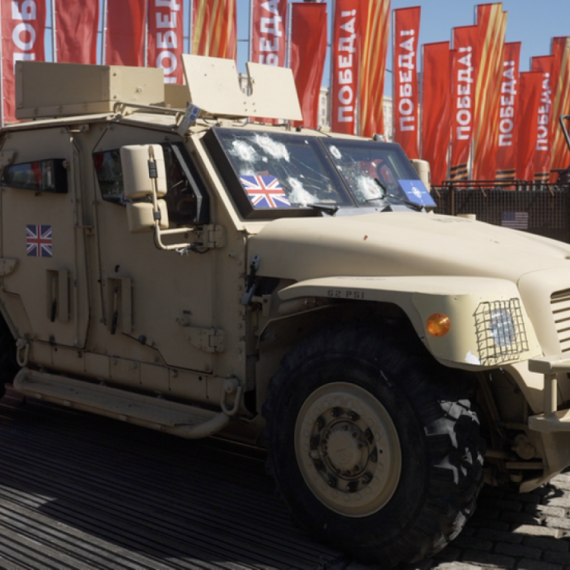

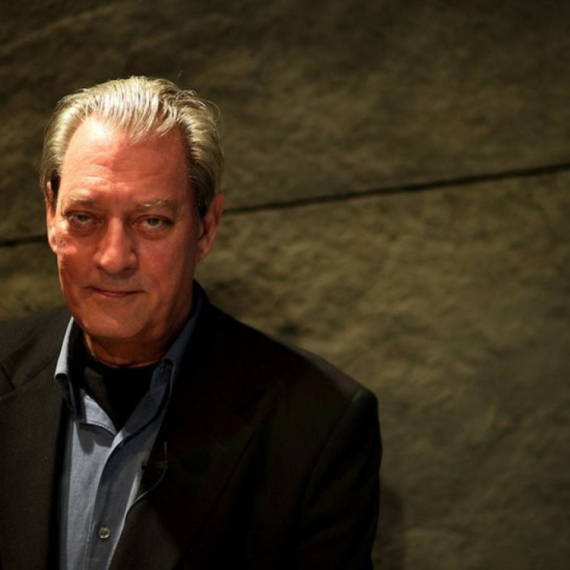
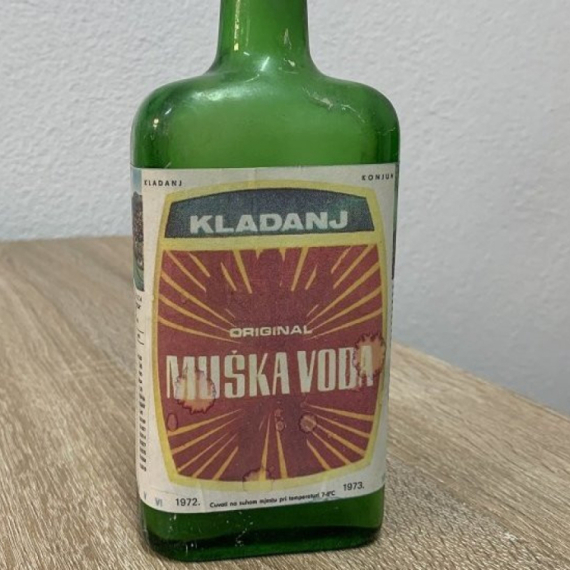
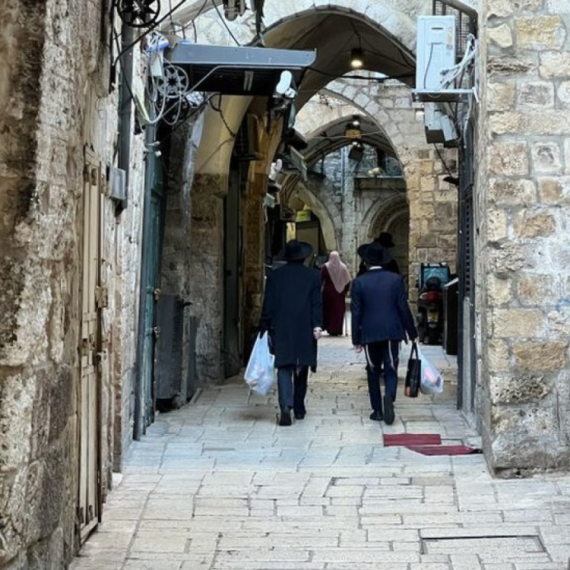

Komentari 12
Pogledaj komentare